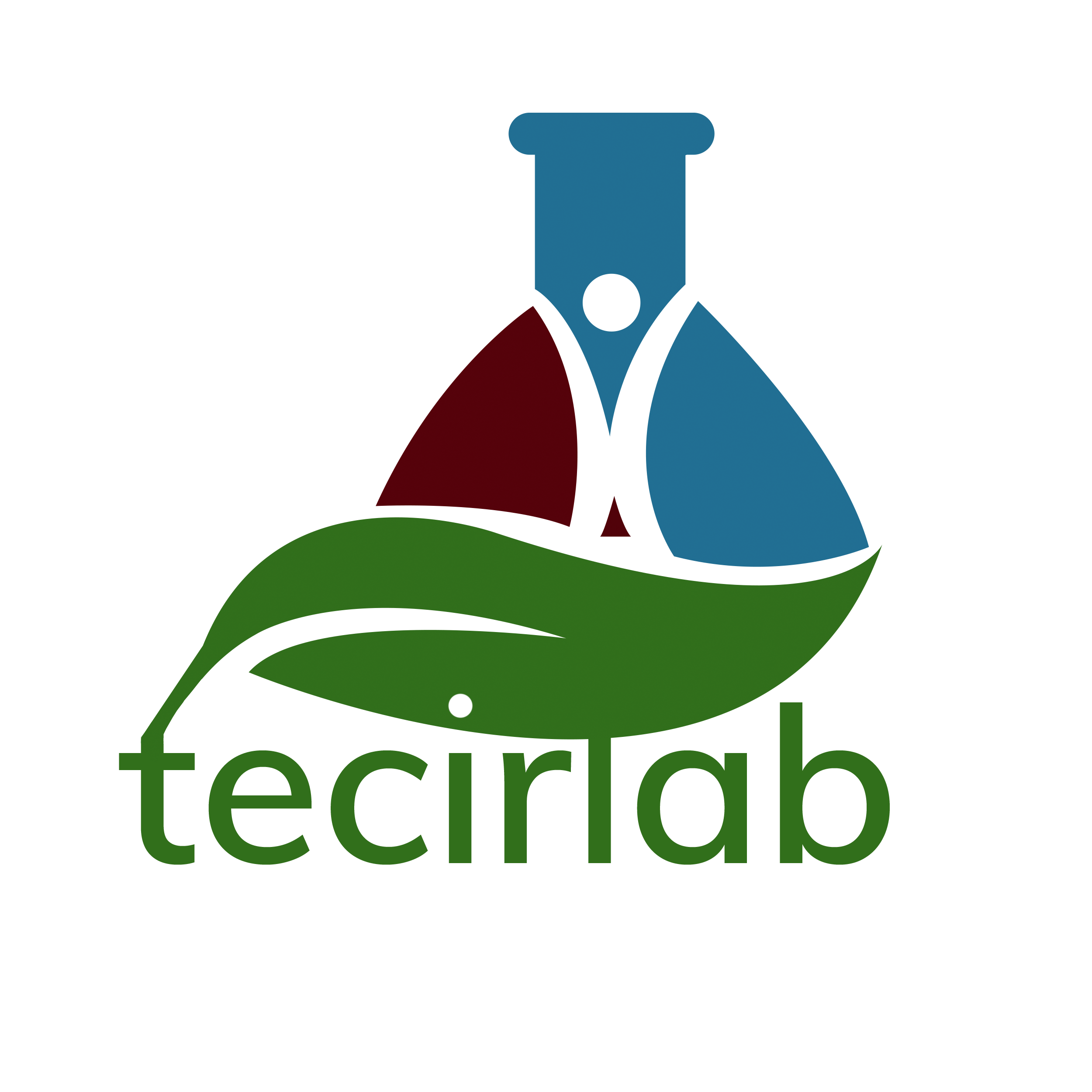Açıklama
| Description | |
|---|---|
| Catalogue Number | 106277 |
| Product Information | |
|---|---|
| CAS number | 7784-46-5 |
| Grade | Reag. USP |
| HS Code | 3822 90 00 |
| Quality Level | MQ200 |
| Physicochemical Information | |
|---|---|
| Density | 1.005 g/m3 (20 °C) |
| pH value | 9.3 (H₂O, 20 °C) |
| Safety Information | |
|---|---|
| Categories of danger | carcinogenic, harmful, dangerous for the environment |
| Storage and Shipping Information | |
|---|---|
| Storage | Store at +15°C to +25°C. |
| Transport Information | |
|---|---|
| Declaration (railroad and road) ADR, RID | UN 1686 , 6.1, II |
| Declaration (transport by air) IATA-DGR | UN 1686 , 6.1, II |
| Declaration (transport by sea) IMDG-Code | UN 1686 , 6.1, II |






